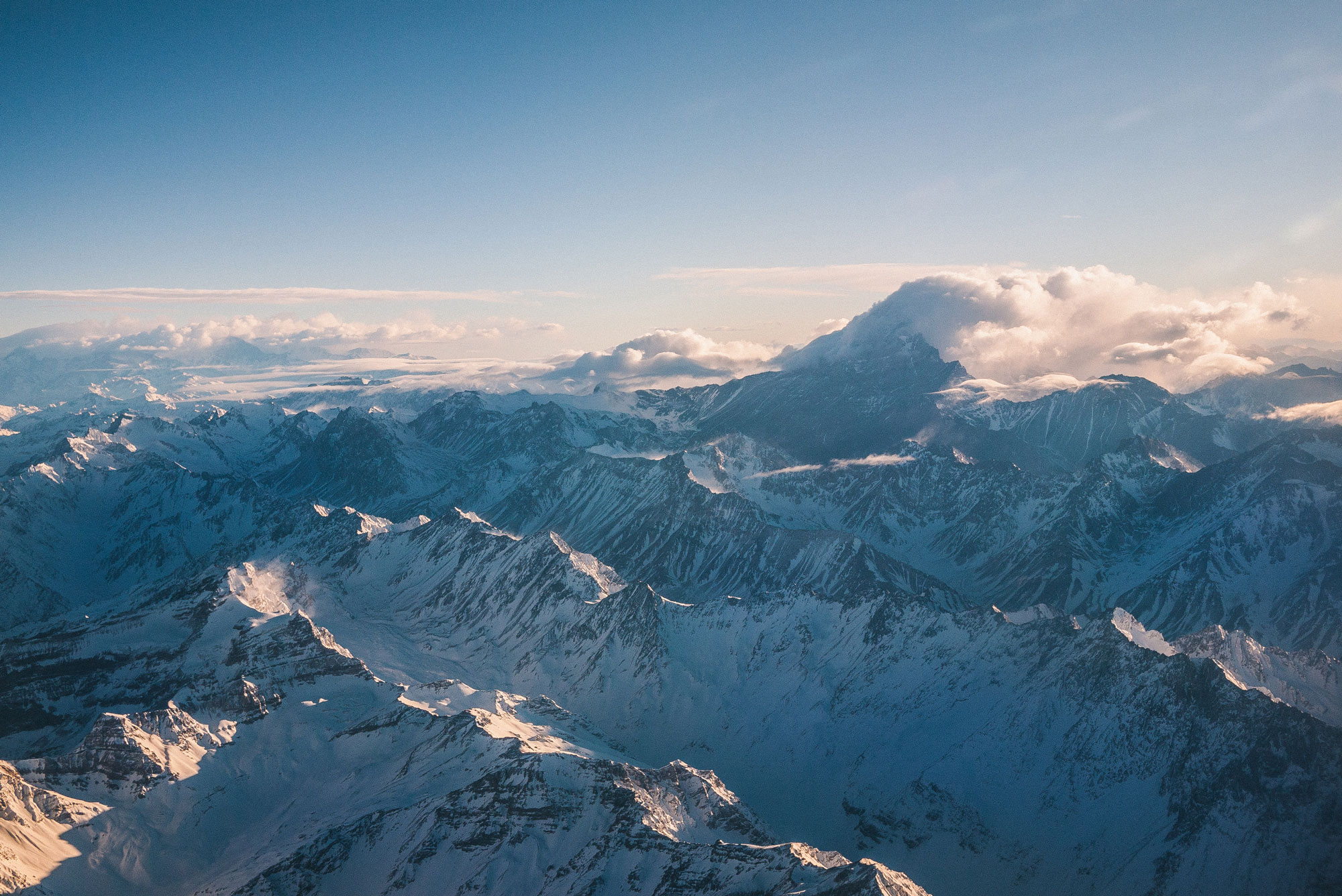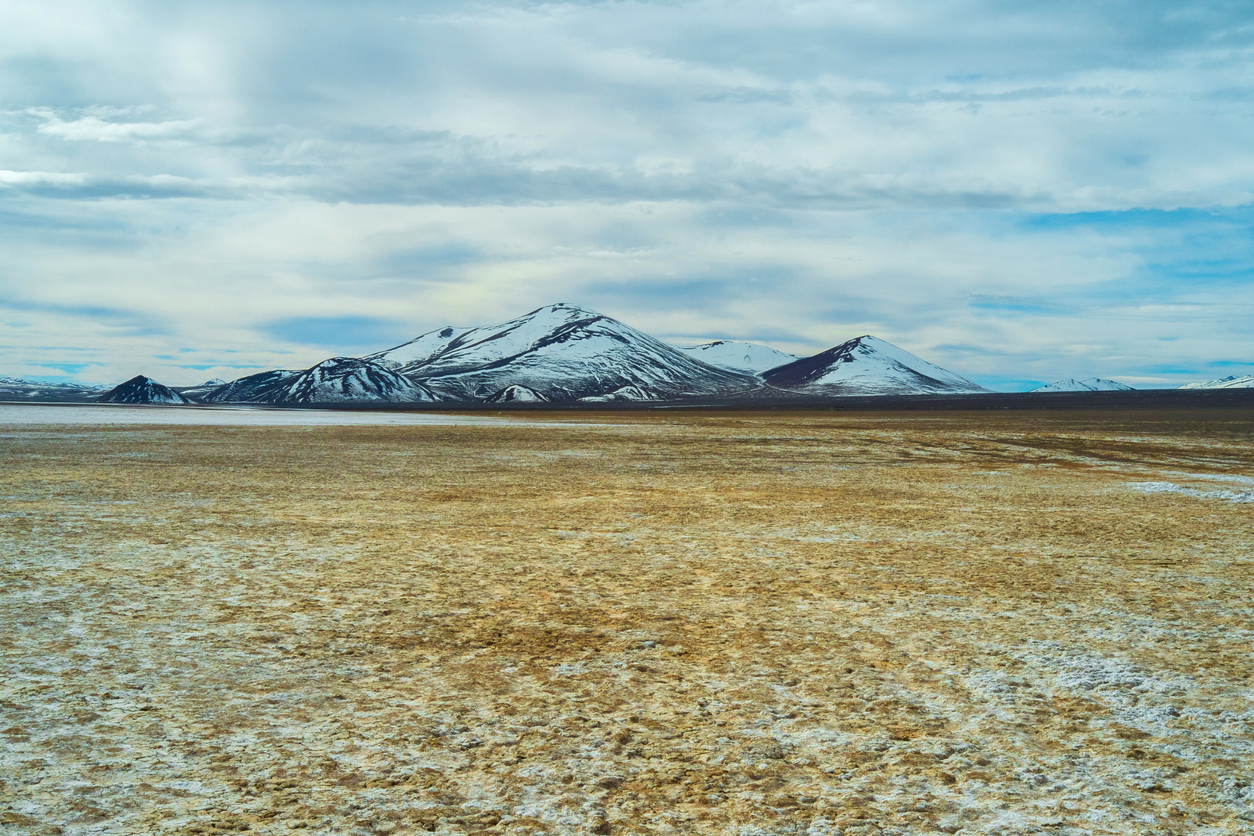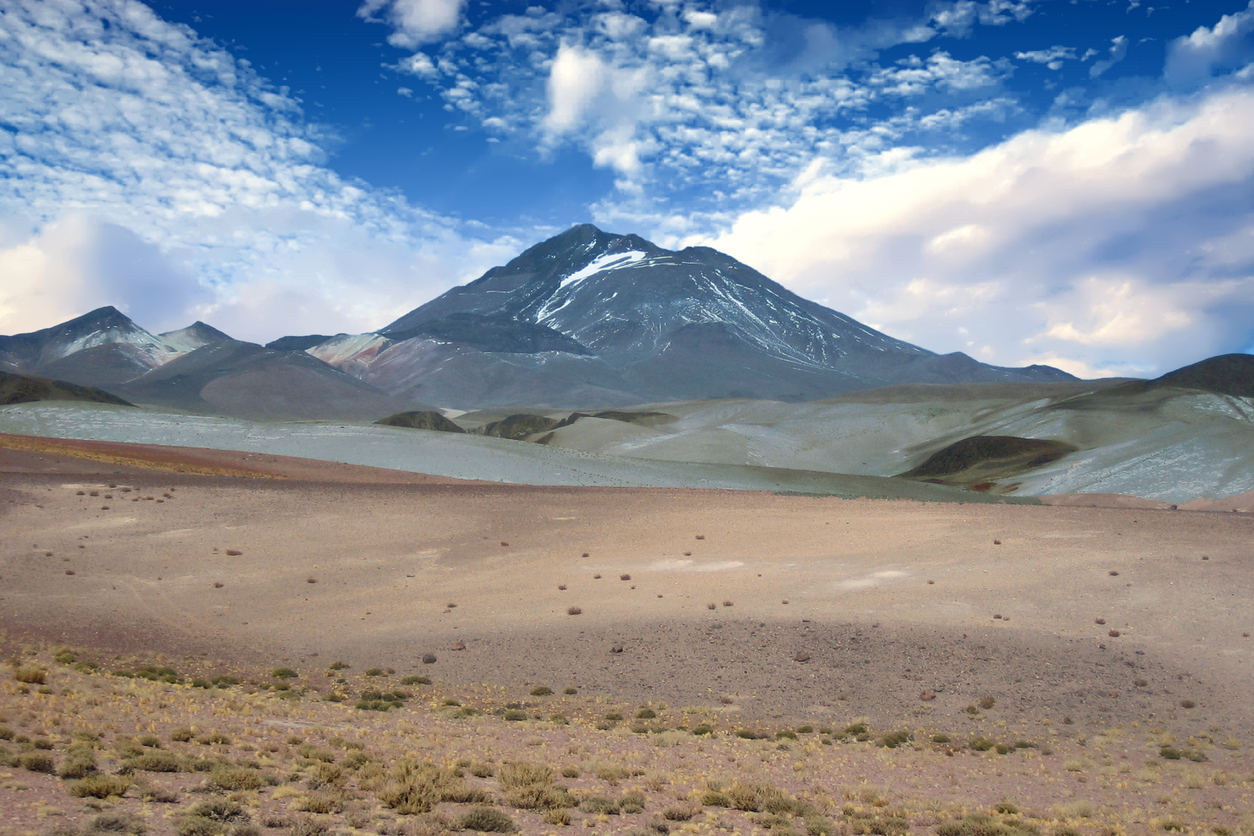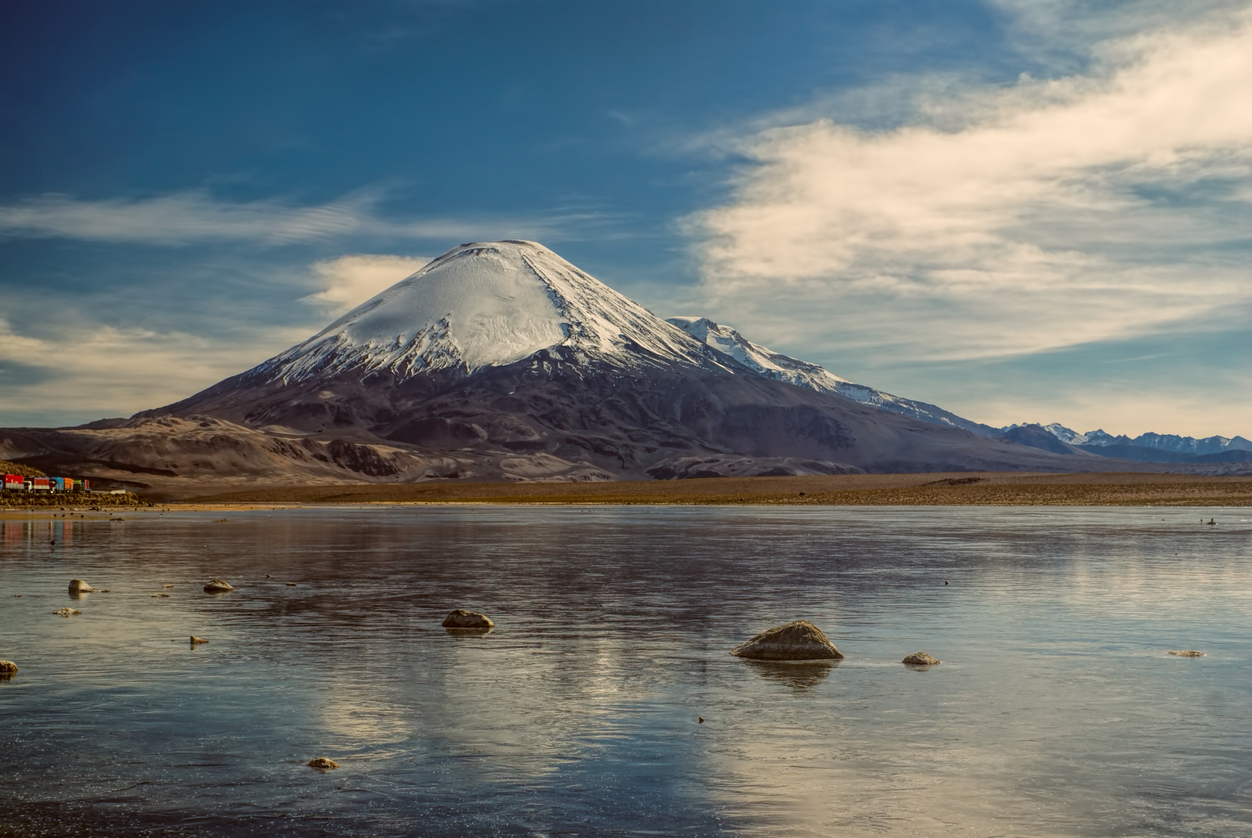Think of South America and you tend to think of Che Guevara murals, Clarkson, Hammond and May’s epic trip across the Andes in a collection of bangers and fancy footballers who rob us of World Cups. Anyway, I digress. South America actually plays host to some pretty giant mountains. In fact, none of South America’s top 10 highest mountains drop below the 6,500 metres mark. This means that some of these are pretty hard to ascend, and require a certain level of technical mountaineering knowledge. So take that as a word of warning if you’re going to plan a few trips after reading this article.
Worth mentioning, before we crack on, that South America’s highest mountains list covers the following countries – Argentina, Chile, Peru and Bolivia. Unfortunately, iconic Patagonian mountains such as Fitz Roy (3,405m) and Cerro Torre (3,128m), which are sat at at the southern end of the Andes, don’t make the cut purely on the back of their raw beauty and historical ascents. This is solely about height.
1) Aconcagua
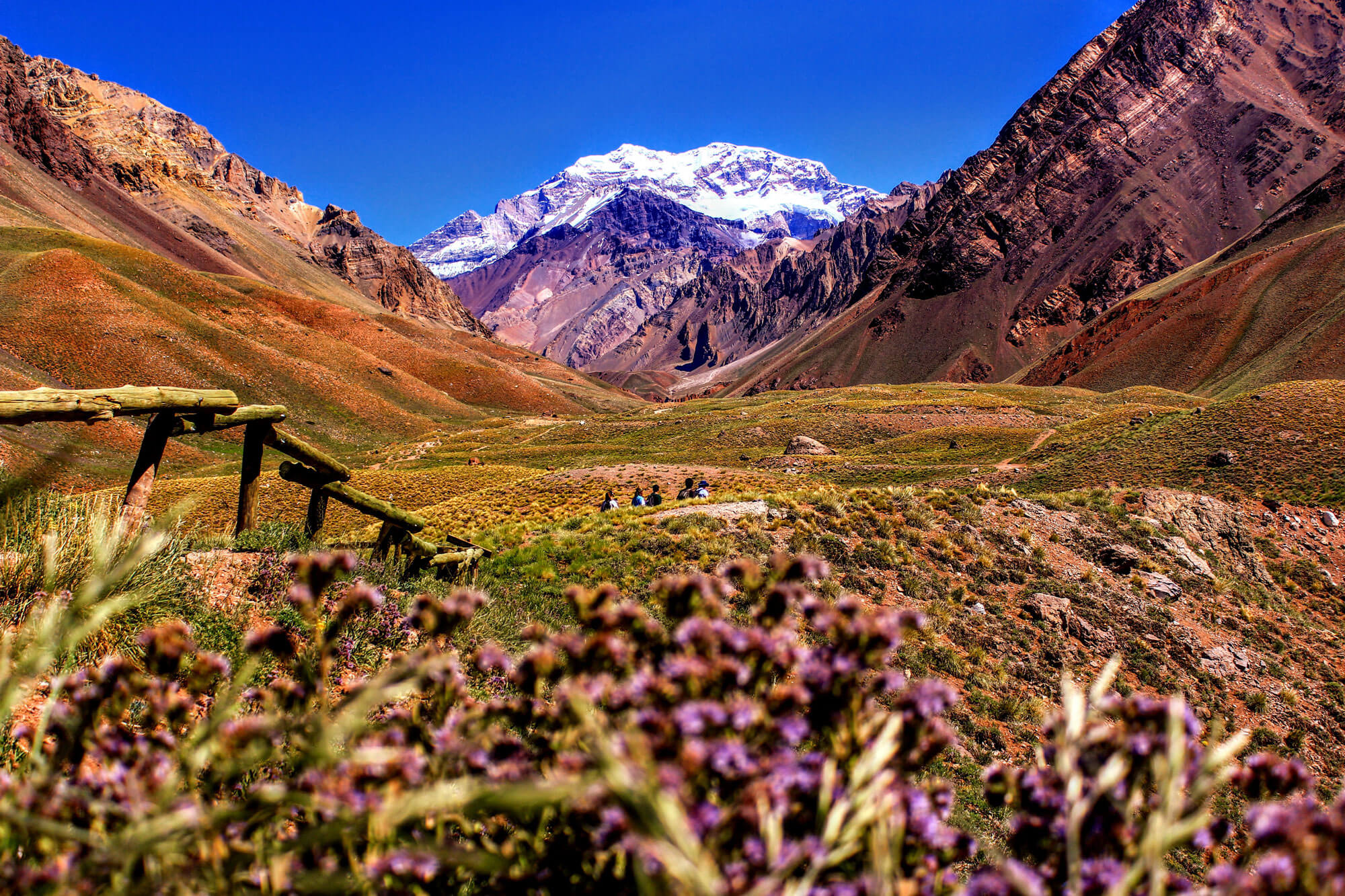
Height: 6962m
Location: Argentina
Aconcagua (we’ll let you create your own pronunciation) not only takes the number one spot on the coveted list of South America’s highest mountains, but it’s also the highest mountain situated outside of Asia. This makes it the highest mountain in both the Western and Southern Hemispheres to boot.
The mountain sits within the Aconcagua National Park and hosts a few glaciers on its south face, the largest of which descends a whopping 15 kilometres.
The first ascent of Aconcagua was made by none other than Matthias Zurbriggen, who has a plethora of first ascents and routes in his name after a colourful life as a mountain guide and explorer.
2) Ojos del Salado
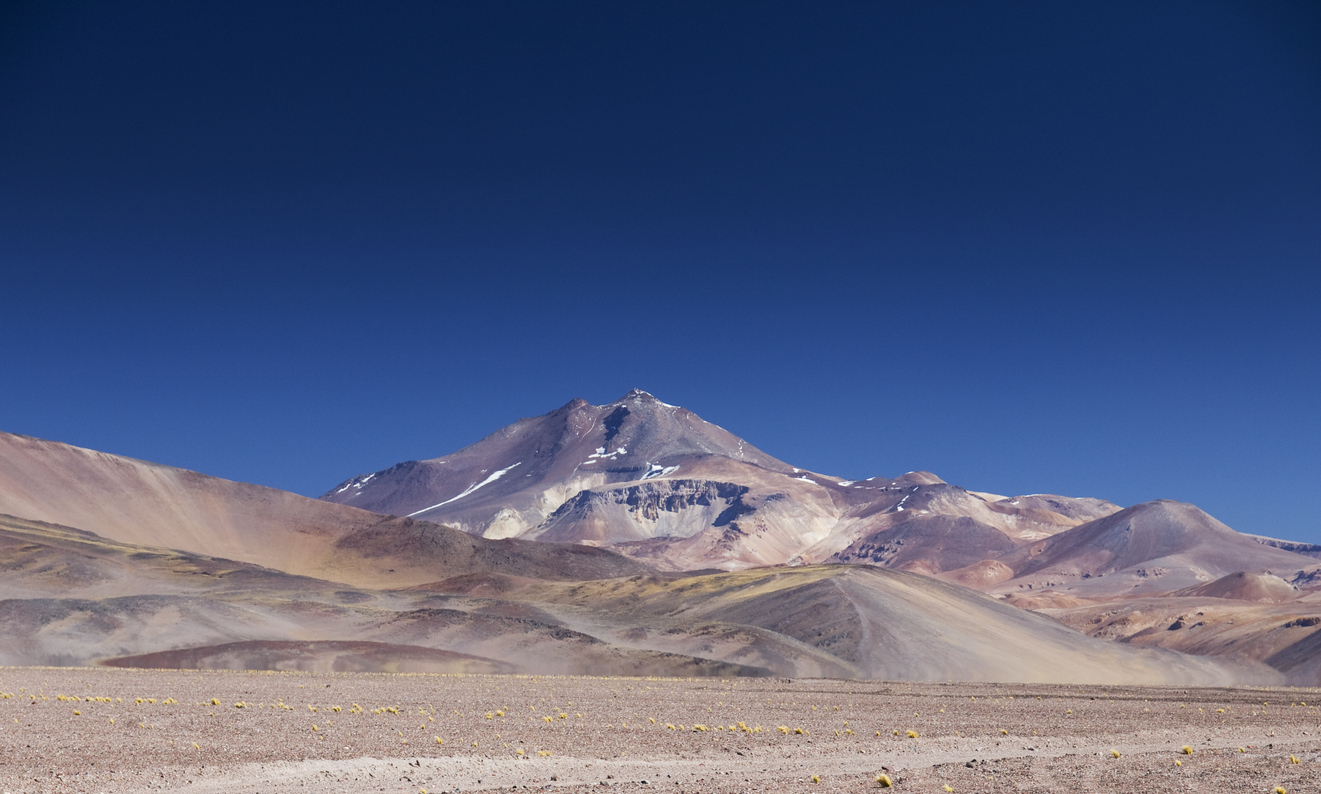
Height: 6891m
Location: Argentina
Sitting on the Chile / Argentina border, on the edge of the Atacama Desert. Ojos del Salado (translated to ‘Eyes of the Salty One’) takes second place on the rankings for South America’s highest mountains and is the world’s highest active volcano (which gives it a stench of Sulphur at the summit) at 6,891 metres – just 80 metres lower than Aconcagua.
First ascended by a Polish expedition back in 1937, Ojos del Salado is now a commercialised peak with expeditions driving a large way up and ferrying their clients up the tricky top section; one that requires a short scramble. Being on the Atacama Desert (the driest place on earth), Ojos del Salado only sees snow briefly during the winter season.
3) Monte Pissis
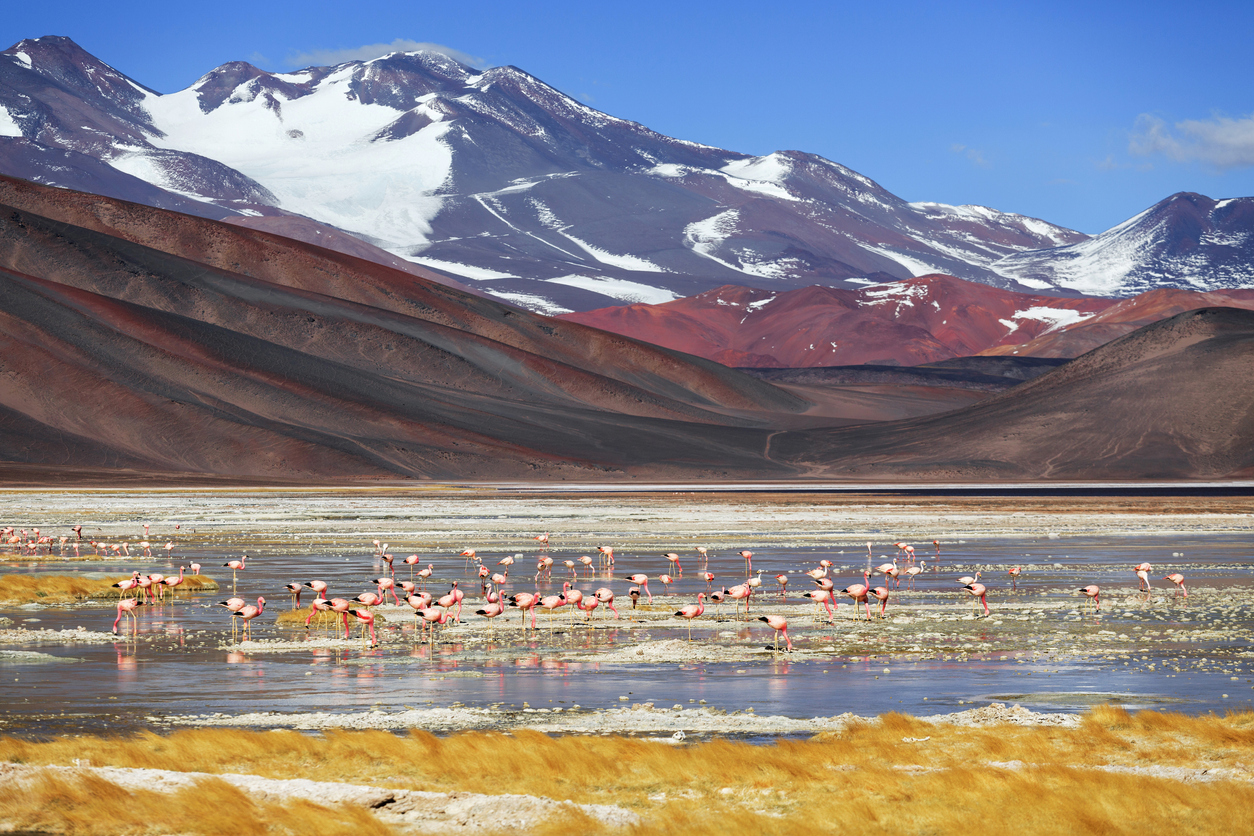
Height: 6795m
Location: Argentina
‘Pissis’ takes home the bronze medal in this list and is the world’s second highest volcano. Climbed by the same Pole who first climbed Ojos de Salado, Pissis is a trickier undertaking to climb, compared to Ojos de Salado. This is due to the fact that Pissis still has a large and crevassed glacier on its southern side which requires the use of crampons and careful route-finding to ascend.
It had long been debated that Monte Pissis was South America’s second highest mountain, before the days where GPS measurements were a thing. This meant the top three highest peaks in South America had been switching places on the top spot for 30 or so years.
4) Huascaran

Height: 6768m
Location: Peru
The highest peak in Peru, and therefore the Earth’s Tropics, is the bad boy of the list. Located in the Huascaran National Park, Huascaran towers almost 400 metres above its neighbours. Even though Huascaran sits in fourth position, it’s technically the hardest peak to climb on this list, with heavily glaciated and steep terrain, all sitting above the lofty heights of 6,000 metres – the summit usually takes around four days to climb from basecamp.
